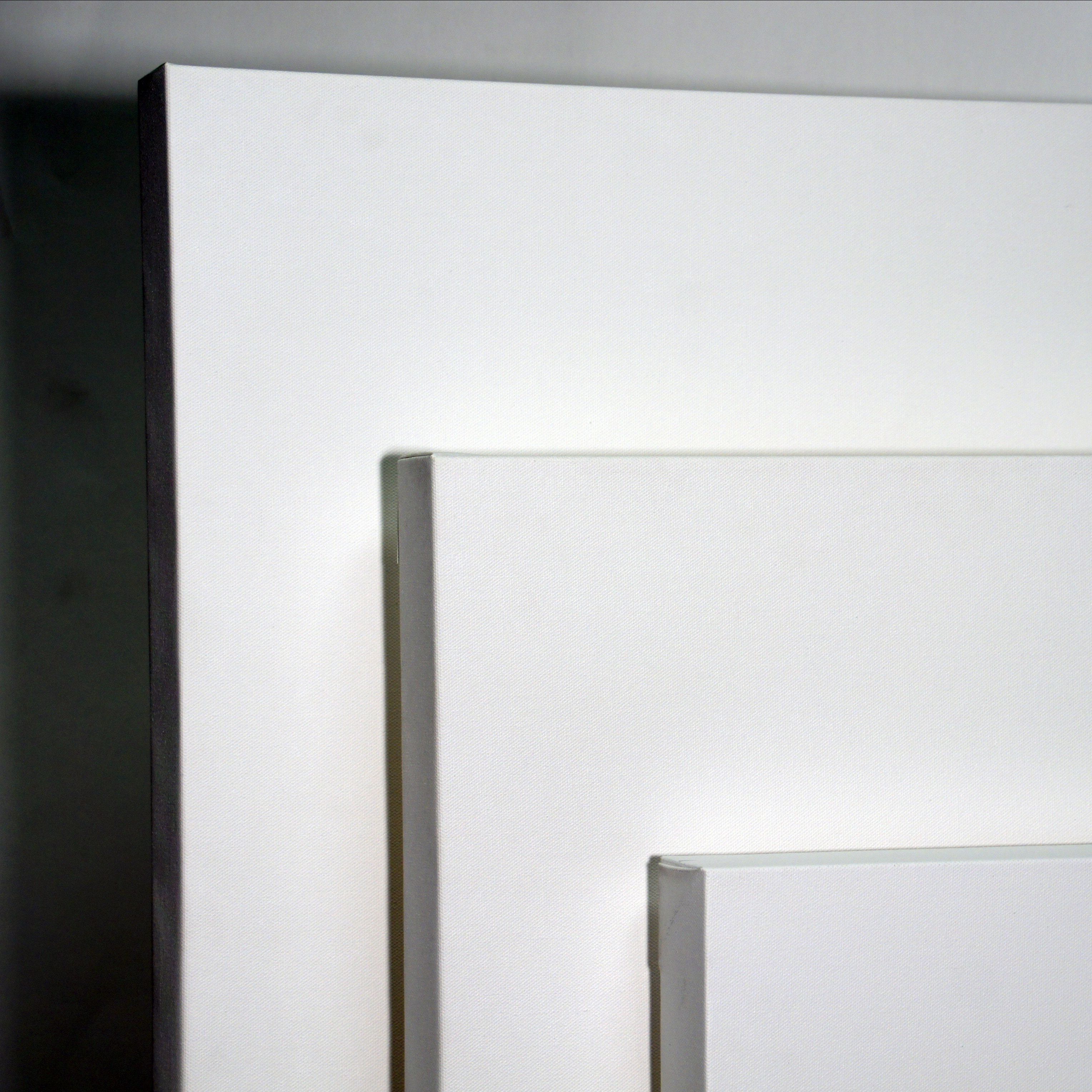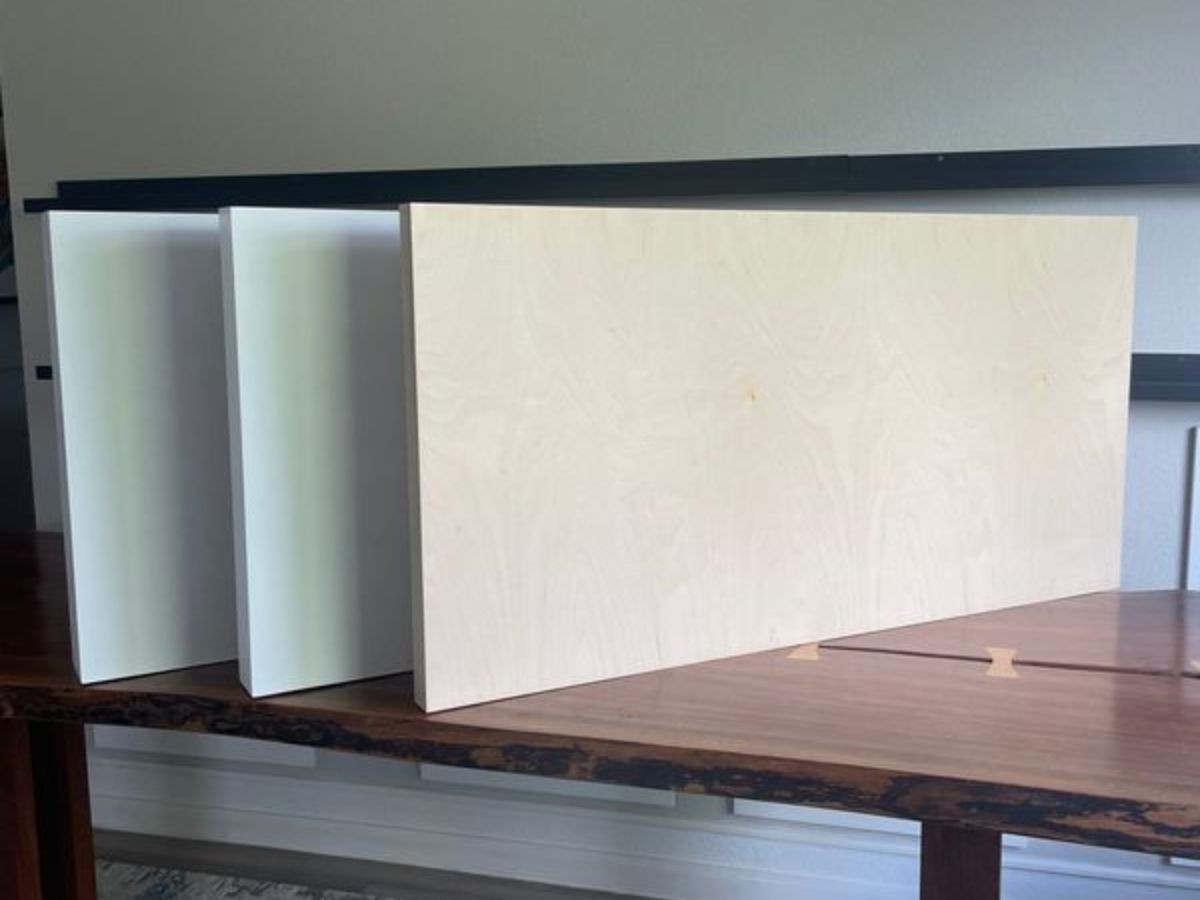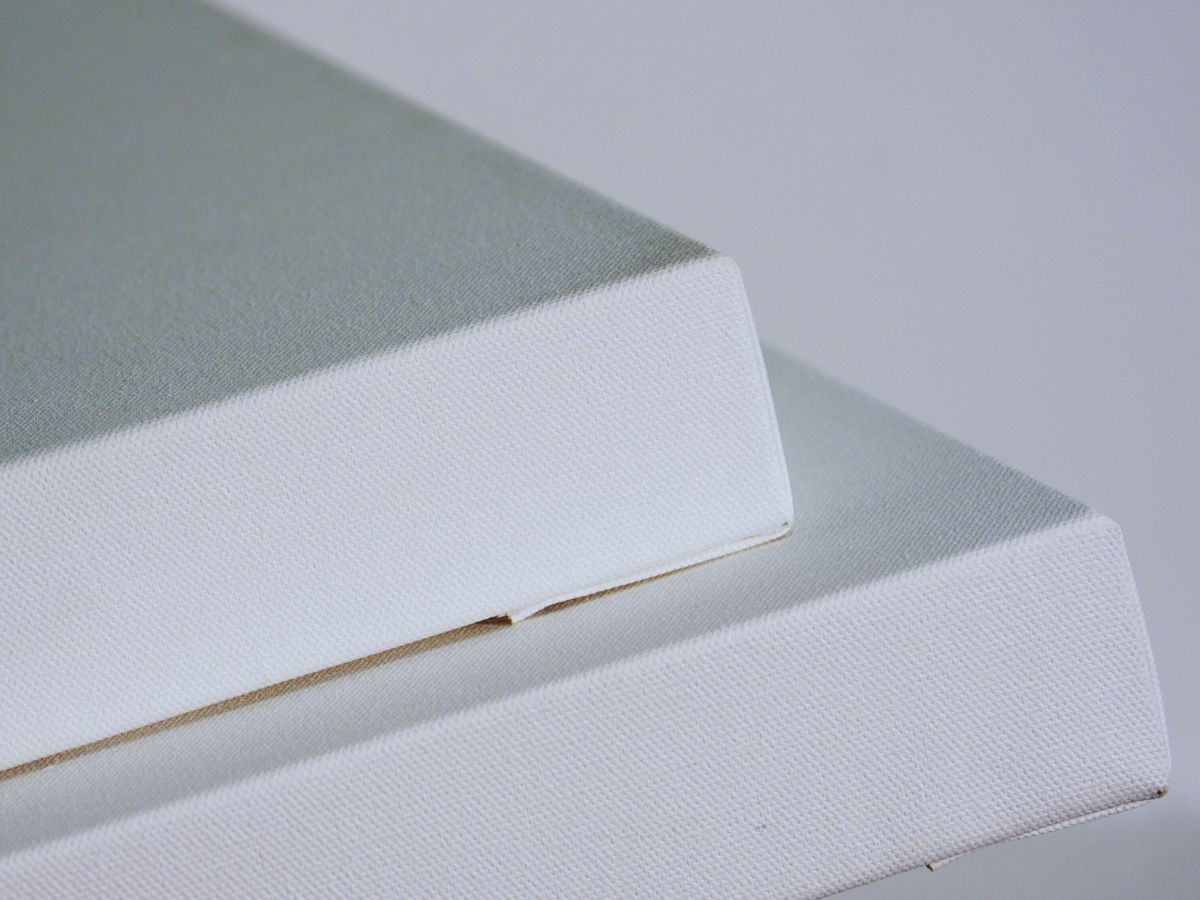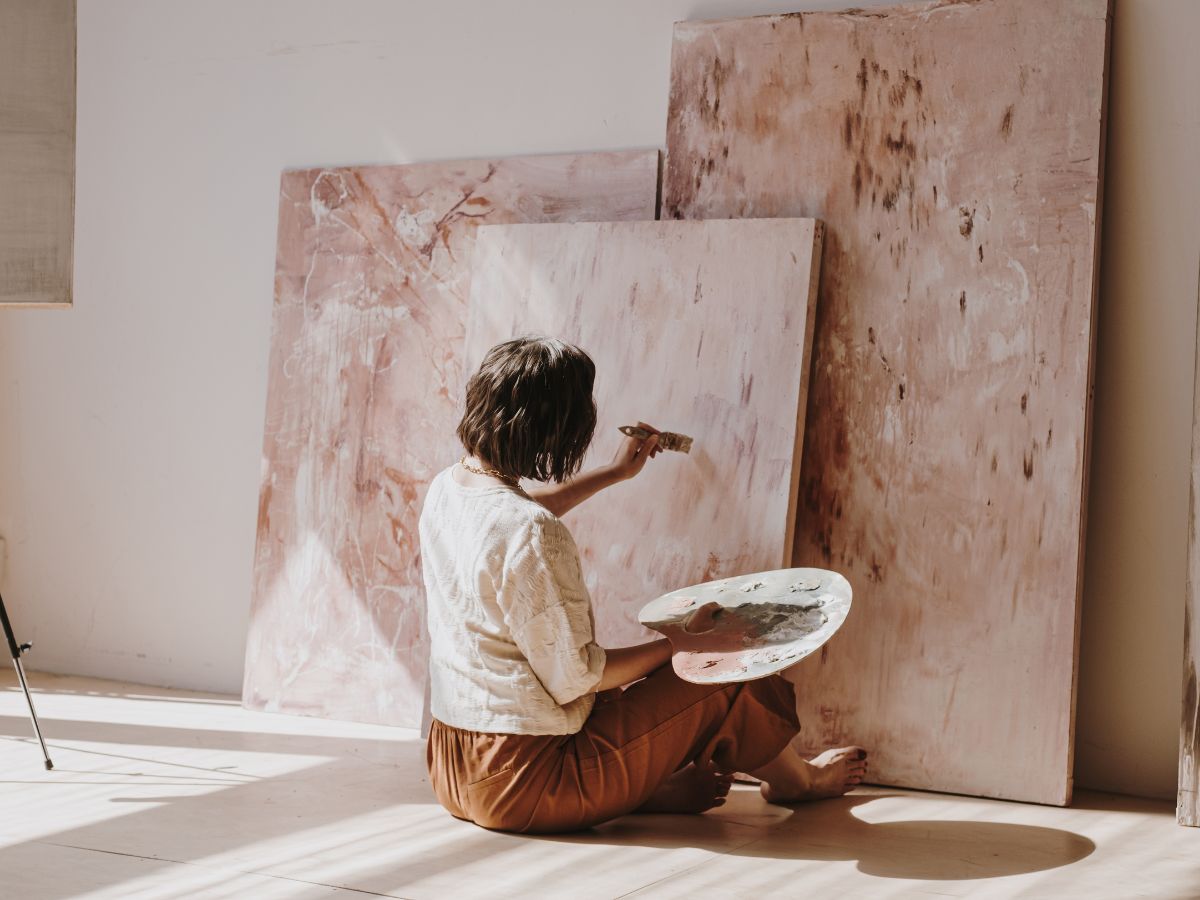
Custom‑Sized Canvases: When and Why You Need Them in Your Studio
Working on a painting and thinking, “I need a size that fits just right?” You’re not alone. Choosing custom‑sized canvases lets you match your vision exactly—to the space, the medium, and the feel you want. It’s about purpose, scale, and avoiding compromise.







